Amateur observation of an atypical martian atmospheric feature: when serendipity leads to identify an atypical cloud system
- 1French Astronomical Society (SAF), Planetary observations commission, Tournefeuille, France (delcroix.marc@free.fr)
- 2Univ. Grenoble-Alpes, CNRS, IPAG, 38000 Grenoble, France
- 3Société de Planétologie des Pyrénées (S2P) 5 rue Gazan, 75014 Paris, France
- 4Université Paris-Saclay, LPS (UMR8502), 510 Rue André Rivière, 91400 Orsay, France
- 5Institut d’Astrophysique Spatiale, Université Paris Saclay, Orsay, France
Introduction
Amateur observations of atmospheric features on the limb or night side of Mars proved their interest ([1], [2]). This led JL, specialist in aurorae, to collaborate with JLD, advanced amateur astronomer, to coordinate ten amateurs for attempting the first observation from Earth of aurora above the limb or on the night side of Mars.
Observations
On Nov. 17th, 2020 (316° solar longitude), one of those amateurs, CP observed a suspect phenomenon over the night side of Mars. We identified an exceptional quality simultaneous observation by EB, over a three-hour timespan (fig. 1). Observation of the data set shows a 3000 km (from equator to South) detached layer on the night side, which seems to rotate with the planet on the day side, casting shadows before disappearing.
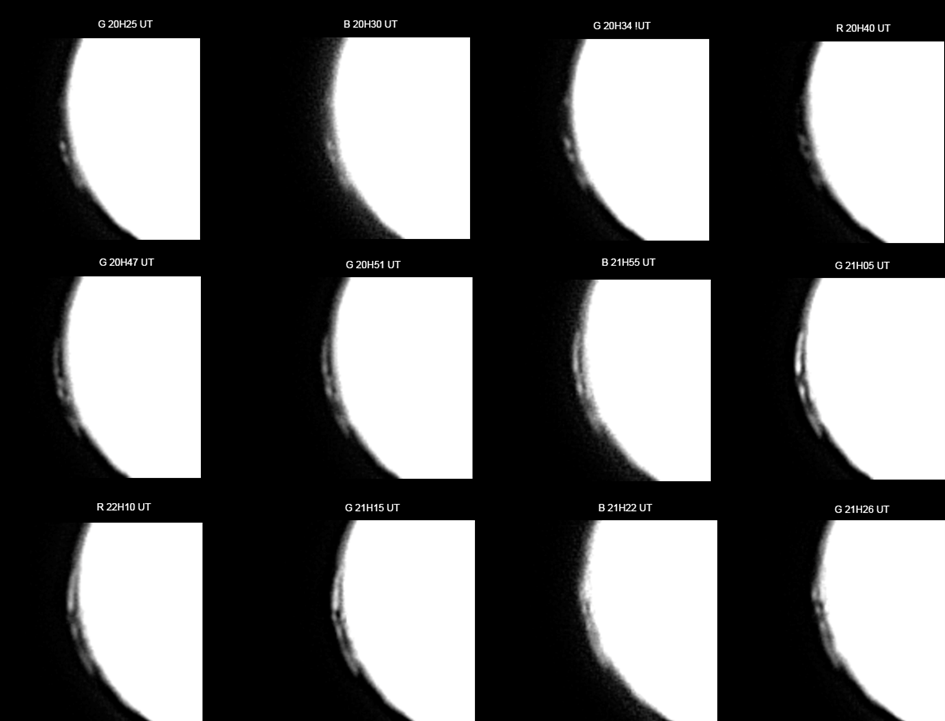
Fig. 1. Detached layer from 20H25 to 21H26 UT through red (R), green (G), and blue (B) filters. The disk is overexposed to better show the phenomenon.
Analysis
This feature could be an aurora, or a cloud system made from dust, H2O or CO2. With MV, specialist in Mars clouds, the collaborative team worked to characterize its altitude, its photometric properties, and its possible composition to determine its type.
a. Altitude
It was determined through several methods, using measures of the apparent position of the features on the images. Assuming the detached layer is seen at the time when the cloud emerges from night side, we used both a simple 2D method (fig. 2) and the 3D equations of [1] on the emergence images’ measures. Another method used the measure of the length of the shadow casted by the features. A last method measured the clouds fronts’ position following the features when it rotates on day side.
Amateurs MD, JLD and EB worked out those different methods which led overall to an altitude of 92 (+30/-16) km.
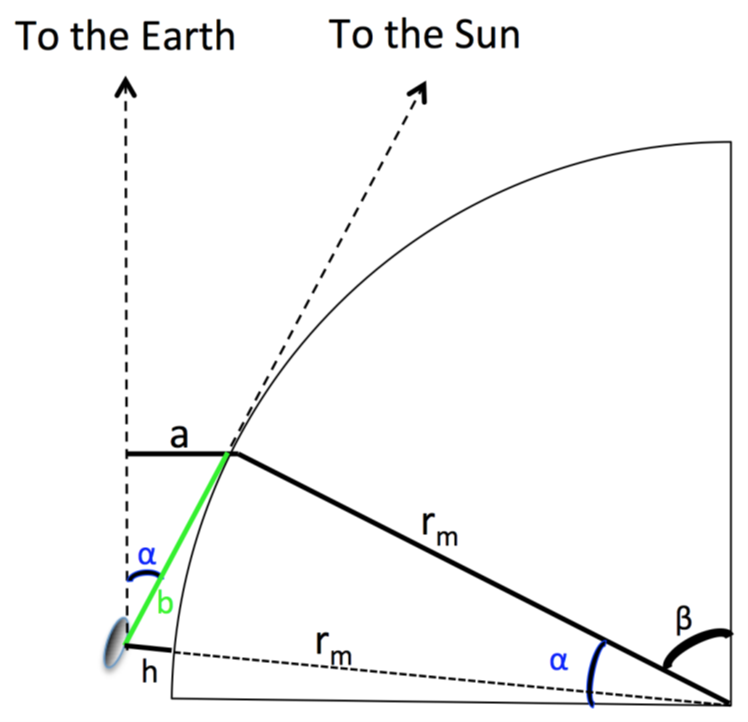
Fig. 2: Detached layer altitude determination with 2D geometric method.
b. Colour profile and albedo
Amateur CP performed UBVRI photometry ([3]) of the planet and the layer. Reference stars observed at the same airmass as the observation were used. Different features were measured (bright and dark terrains, polar cap) as well as the overall globe, and one part of the detached layer. Fig. 3 shows the respective albedos measured, showing how the different zones measured reflects sunlight. The detached layer reflectance is twice brighter in red than in blue (while bright reddish terrain like Amazonis is five times).
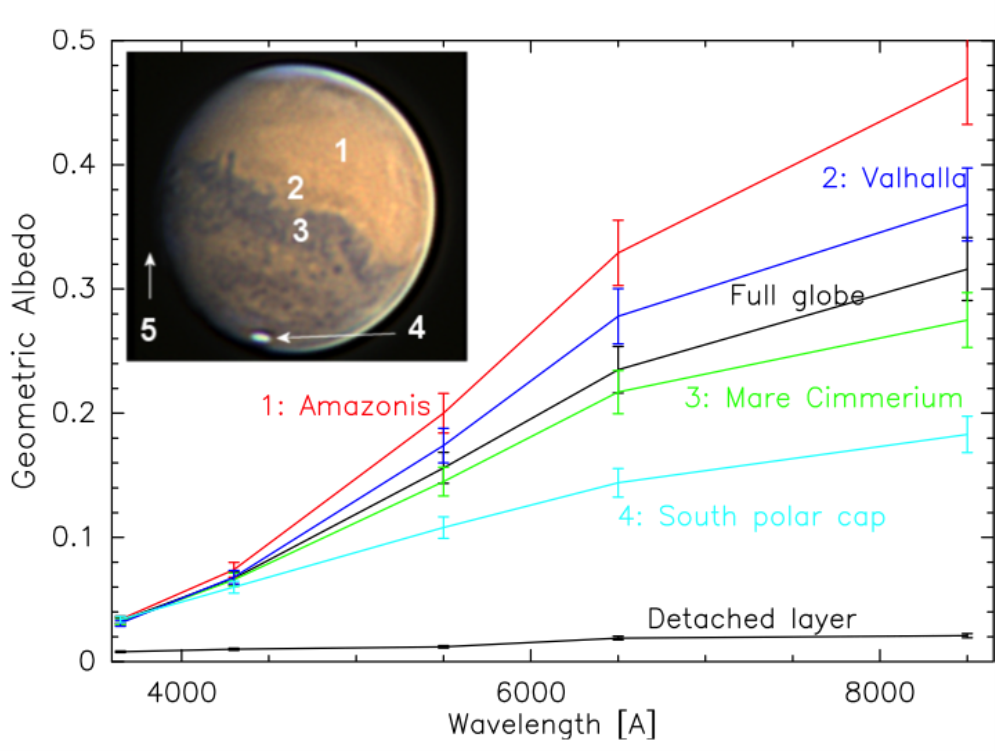
Fig. 3. Albedo of different Martian structures compared to those of the full globe and of the observed detached layer.
c. Size and optical depth of particles constituting the layer
Colour profile shows that the layer scatters light over the whole spectrum, inconsistent with Rayleigh scattering or single wavelength emission, suggesting a layer consisted of dust aerosols or ice crystals.
Professional MV used [4] to model ice scattering reflectance of CO2 and H2O, resulting in fig. 4, showing that the reflectance profile of the layer is compatible with either 1-2µm CO2 or 2(+/-1) µm H2O particle sizes.
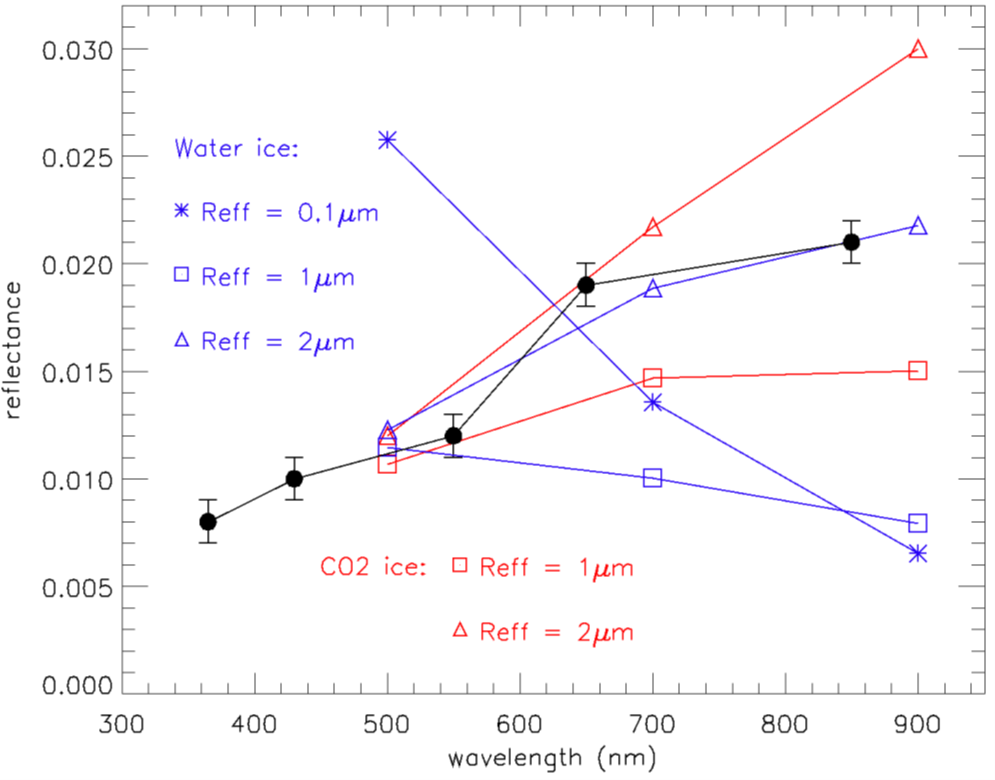
Fig. 4. Spectrum of the detached layer derived from figure 3 (black dots) compared to scattering models of CO2 (red) and H2O (blue) clouds with various ice crystal particle sizes models
Possible interpretation
a. Aurorae
JL predicted ([5]) 140km altitude for blue or green aurorae, and 160km for red aurorae, incompatible with this observation. Blue and green aurorae should be brighter than red ones, which is incompatible with the colour profile we evaluated. The quiet solar conditions on Mars during the observation time is also not compatible with the auroral assumption.
b. Dust clouds
A regional dust storm was present at the opposite side of the detached layer, but its colour is different from our detached layer’s. While high dust layers could reach an altitude of 80km, they are continuous from the ground to high altitude, unlike this observed layer.
c. Water ice
Water ice cloud at altitudes compatible with our observation are possible, in particular during global dust storms but with smaller ice particles (0.1-0.5µm). Nonetheless our observation could be an atypical water ice cloud, i.e. with large grain size despite its high altitude.
d. CO2 ice cloud
Typical mesospheric Martian day side CO2 ice clouds observed by probes are compatible with our observation in terms of particle size, but smaller (only hundreds of km wide), usually earlier in the year. From Mars Climate Database simulation, CO2 frost point could be reached at equator at the altitude of our observation, but at the limit which could be explained by gravity waves or our cloud being on the colder night side. Most of the system is outside of the common place for CO2 clouds (fig. 5). Our observation could be then an atypical CO2 ice cloud.
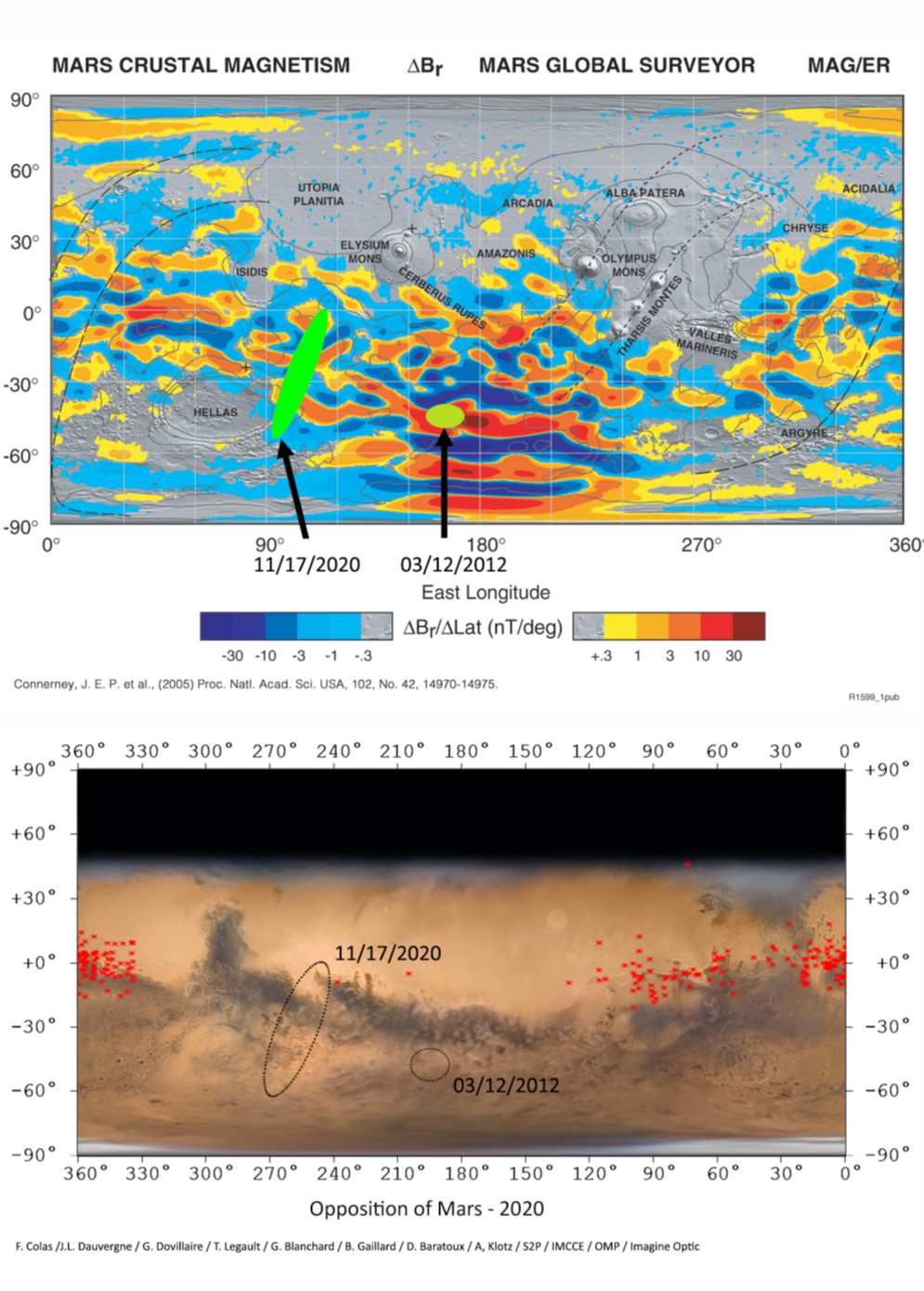
Fig. 5: Localisation of the observation compared to:
Top: Magnetic anomaly with two previous observations ([1]).
Bottom: previous CO2 clouds (red stars) projected on an albedo map.
Conclusion
This observation is located on the West border of the main Martian magnetic anomaly (fig. 5). This could show that cosmic rays, like on Earth or Titan, may have acted, through ionization of the atmosphere’s gas or dust particles, as condensation nuclei for the cloud.
For the first time a huge cloud system was observed from Earth, from its appearance on the night side to its dissipation on the day side only thanks to amateurs’ observations. While looking for aurorae, the study of this observation ruled out this explanation, favouring an ice cloud system either made of water or CO2, but atypical regarding some of its characteristics compared to previous observations. Its localization aside the large magnetic anomaly also indicates a possible explanation of its formation through cosmic rays ([6]).
Bibliography
[1] Sánchez-Lavega, A., et al. 2015, Nature
[2] Sánchez-Lavega, A., et al. 2018, Icarus
[3] Mallama, A. 2007, Icarus
[4] Vincendon, M., et al. 2011, Journal of Geophysical Research (Planets)
[5] Lilensten, J., et al. 2015, Planetary and Space Science
[6] Lilensten, J., et al. 2022, A&A (to be published)
How to cite: Delcroix, M., Lilensten, J., Dauvergne, J.-L., Pellier, C., Beaudouin, E., and Vincendon, M.: Amateur observation of an atypical martian atmospheric feature: when serendipity leads to identify an atypical cloud system, Europlanet Science Congress 2022, Granada, Spain, 18–23 Sep 2022, EPSC2022-43, https://doi.org/10.5194/epsc2022-43, 2022.

